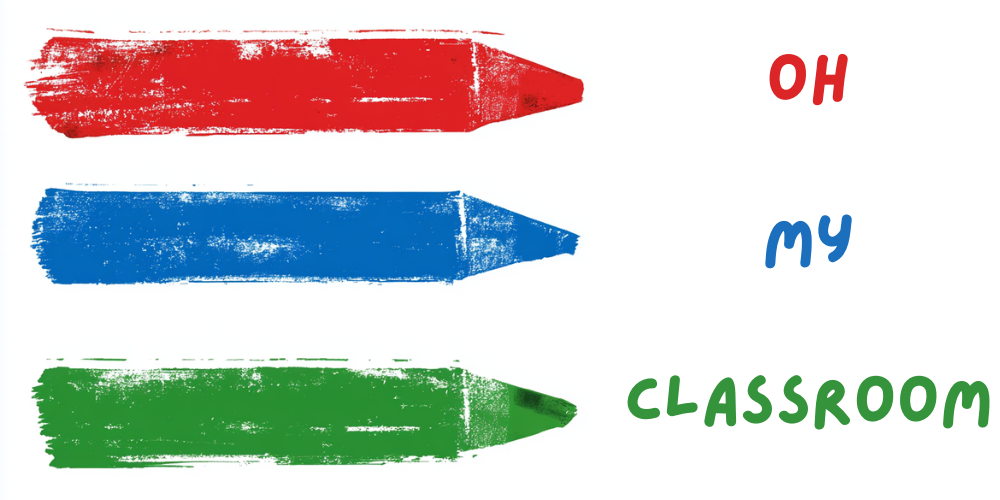Sensory tables are designed to engage children in hands-on play, encouraging them to use their senses to explore different materials and textures.
They are a fun and engaging way to promote early learning and development.
We’ll explore fun sensory table activities for 1-2 year olds.
From squishy water beads to silky smooth sand, these sensory activities are sure to captivate the attention of young children and provide endless hours of exploration and play.
Water Play:
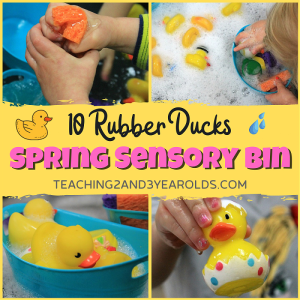
Fill the sensory table with water and add some rubber ducks, sponges, and cups. Children can have fun splashing and playing with the water, squeezing the sponges, and pouring the water from one container to another. This activity helps children develop hand-eye coordination, as well as fine motor skills, as they grip and manipulate the objects in the water.
Sensory Bottles:

Fill empty plastic bottles with a variety of small items such as beads, rice, and pom-poms. Children can shake the bottles and watch as the objects move around inside. This activity is not only entertaining, but it also helps children develop their sense of sight and sound as they observe and listen to the objects in the bottles.
Related: 25 Exciting Dance Activities for Preschoolers
Play Dough:
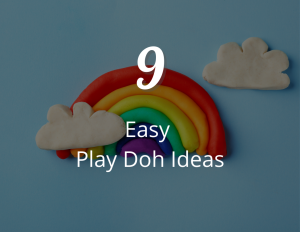
Set up a play dough station by providing different colored play dough and some tools such as cookie cutters and plastic knives. Children can explore the textures and shapes of the play dough, as well as practice their fine motor skills as they mold and shape it with their hands and tools.
Colored Rice:

Dye some rice with food coloring and place it on the sensory table along with some scoops and containers. Children can practice their pouring and scooping skills as they play with the colorful rice. This activity also helps children develop their sense of touch as they feel the texture of the rice between their fingers.
Bubble Wrap:

Lay some bubble wrap flat on the sensory table and provide some small toys such as cars and balls. Children can have fun popping the bubbles and exploring the different textures and sounds. This activity is not only fun, but it also helps children develop their sense of touch and sound as they feel and hear the bubbles pop.
Related: 25 Flower Activities for Preschoolers
Sand Play:

Fill the sensory table with sand and provide some small shovels, buckets, and molds. Children can explore the texture of the sand, dig holes, build sandcastles, and practice pouring and scooping. This activity helps children develop their fine motor skills, hand-eye coordination, and sensory awareness.
Shaving Cream:

Fill the sensory table with shaving cream and provide some toys or tools such as plastic animals or spoons. Children can explore the texture of the shaving cream, make marks, and use their fingers or tools to create designs. This activity is a great way to stimulate the senses, promote creativity, and encourage imaginative play.
Sensory Bags:
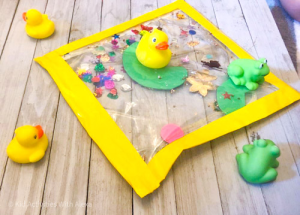
Fill plastic bags with a variety of materials such as gel beads, feathers, or pom-poms, and seal them tightly. Children can explore the different textures and shapes by squishing, squeezing, and manipulating the bags. This activity helps develop fine motor skills, as well as sensory awareness and tactile exploration.
Nature Exploration:

Fill the sensory table with soil, rocks, leaves, and other natural materials. Children can explore the textures and smells of the natural elements and learn about the environment around them. This activity helps promote curiosity and sensory awareness and encourages a love of nature.
Ice Play:
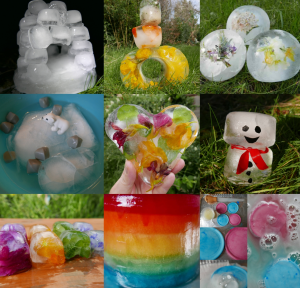
Freeze some small toys or objects in ice cubes and place them on the sensory table. Children can use warm water or salt to melt the ice and discover the hidden objects inside. This activity is a fun and engaging way to develop problem-solving skills, as well as sensory exploration and experimentation.
Sensory Bin with Beans:
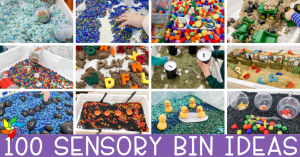
Fill the sensory table with dried beans and provide some small toys or tools such as plastic animals or cups. Children can explore the texture of the beans, practice pouring and scooping, and use their imagination to create different scenarios. This activity helps children develop their fine motor skills, hand-eye coordination, and sensory awareness.
Water Beads:
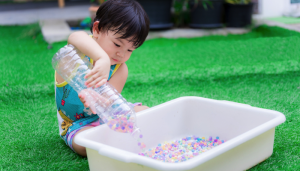
Soak some water beads in water and place them on the sensory table. Children can explore the squishy texture of the beads, sort them by color or size, and practice their scooping and pouring skills. This activity is a great way to promote sensory exploration and creativity.
Rainbow Rice:
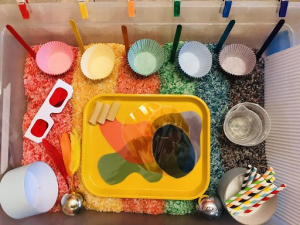
Dye rice with food coloring and place it on the sensory table. Children can explore the different colors and textures, practice their fine motor skills, and use their imagination to create different scenes or patterns. This activity is a fun and engaging way to promote sensory awareness and creativity.
Foam Dough:
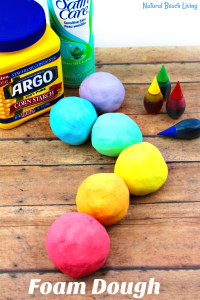
Make foam dough by mixing shaving cream and cornstarch together and placing it on the sensory table. Children can explore the fluffy texture of the dough, mold it into different shapes, and use their imagination to create different scenarios. This activity is a great way to promote creativity and sensory exploration.
Sensory Bin with Pasta:

Fill the sensory table with cooked pasta and provide some small toys or tools such as plastic animals or spoons. Children can explore the texture of the pasta, practice pouring and scooping, and use their imagination to create different scenarios. This activity helps children develop their fine motor skills, hand-eye coordination, and sensory awareness.
Oobleck:
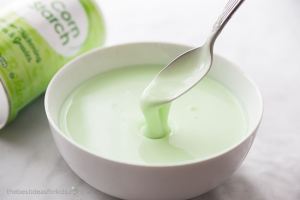
Make Oobleck by mixing cornstarch and water together and placing it on the sensory table. Children can explore the unique texture of Oobleck which is solid when touched but turns liquid when pressure is applied. They can also add food coloring to create different colors and use their imagination to create different scenes or patterns. This activity is a great way to promote sensory exploration and creativity.
Sensory Bin with Beans and Letters:

Fill the sensory table with dried beans and add some letters made of foam or magnetic materials. Children can practice identifying and matching letters, develop fine motor skills as they manipulate the letters in the beans, and use their imagination to create different scenarios. This activity helps children develop their language and literacy skills, as well as hand-eye coordination.
Pudding Play:

Mix pudding with a small amount of water and place it on the sensory table. Children can explore the texture and smell of the pudding, use their fingers or tools to create designs and practice their fine motor skills as they manipulate the pudding. This activity is a fun and engaging way to promote sensory exploration and creativity.
Sensory Bin with Colored Sand:

Fill the sensory table with colored sand and provide some small toys or tools such as plastic animals or cups. Children can explore the different colors and textures of the sand, practice pouring and scooping, and use their imagination to create different scenarios. This activity helps children develop their fine motor skills, hand-eye coordination, and sensory awareness.
Sensory Bin with Dry Ice:

Fill the sensory table with dry ice and provide some small toys or tools such as plastic animals or spoons. Children can observe the unique properties of dry ice, practice their problem-solving skills as they figure out how to manipulate the dry ice safely and use their imagination to create different scenarios. This activity is a great way to promote scientific curiosity, sensory exploration, and creativity.
